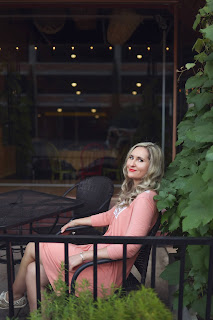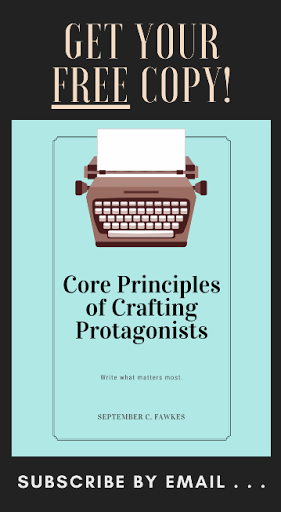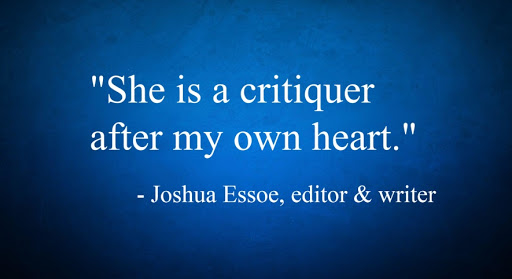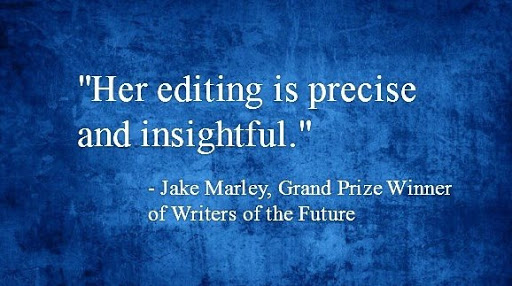(Listen to this tip on Youtube.)
For the last month and a half, I've been rearranging and revamping a whole sequence of scenes in my novel. Moving stuff up, pushing stuff back, deleting this, adding this, and while I wasn't surprised at the time and work it took to complete this revamp, I was reminded about how a great novel should all interlock. So, by changing and moving things, I have to change and revamp other parts. Not just on a plot level, but on a character arc level, on a thematic level, on an everything level.
 But what did surprise me was how I had to rewrite the emotional level of my characters. In that alone, in a way, I felt like I had to rewrite each scene. Because I had changed and rearranged plot elements, my characters were in different moods for different scenes. They had different emotional arcs in my scenes than what they had before. So for each scene, I had to get deep into my character all over again to convey his or her emotional status for the scene. And of course, in a lot of scenes, a character's emotional status changes throughout it. On top of that, I've been trying to do deep and thorough character edits anyway, making even their body language distinct from other characters.
But what did surprise me was how I had to rewrite the emotional level of my characters. In that alone, in a way, I felt like I had to rewrite each scene. Because I had changed and rearranged plot elements, my characters were in different moods for different scenes. They had different emotional arcs in my scenes than what they had before. So for each scene, I had to get deep into my character all over again to convey his or her emotional status for the scene. And of course, in a lot of scenes, a character's emotional status changes throughout it. On top of that, I've been trying to do deep and thorough character edits anyway, making even their body language distinct from other characters.Like real people, characters should react to, cope with, and manifest their emotions in individual ways. If your character hears that someone ran over her dog, what is her emotional reaction? Is she mad? Sad? Shocked? Devastated? Happy? Annoyed? Why? How she reacts emotionally reveals character. To take it to the next level, you ask, how is she mad? Sad? Happy? Etc. Does she try to hold it in? Does she keep her angry thoughts to herself and say something completely different outloud? Does she scream every profanity she can think of? Is it a cold anger that leads her into calmly seeking revenge on the driver?
But beyond that, each character has his or her own range of emotions. Some people have a huge range of happy emotional states and small or little angry emotional states. Some people have a variety of sad states and a variety of ways of showing that sadness, but then only rarely feel or dwell on emotional regret. People have different demeanors, and some emotional states are more consistent or stronger in some.
Let's look at some extreme examples to illustrate.
Kristen Stewart's Bella, not to be confused with book-version Bella. Kristen Stewart's Bella actually has a pretty limited emotional range, and a limited way of expressing it.
See how happy she looks on her wedding day? What? No? Yeah, neither do I.
Of course she feels several different emotions throughout the movies, love, lust, depression, happiness, nervousness, but there are also some emotional states I can't ever remember her having, like smugness. Bella isn't a smug person. And if she did experience smugness, she'd have a limited range of it.
You know who does regularly experience smugness? Saphira from the Inheritance Cycle. She has a big range of smugness.
Unfortunately, for movie-Bella, she pretty much expresses all her emotions the same way. What's funny is that I don't know if that's necessarily wrong for a character, but it didn't work for Bella (or Edward, who seems to be in the same three monotonous emotional states throughout the films himself), partly because that wasn't presented as part of her character. Bella wasn't written to have such a limited range of expression.
This year I ran into a character who was. Levi from Attack on Titan has a very limited range of emotions and ways of expressing those emotions, but it was intentional. Fans look at this chart and laugh with it, not at it.
Fans love Levi. He's one of the most beloved characters. They also love his narrow emotional range.
Other characters have vast ranges of emotion and vast ways of expressing them.
The character that comes to mind who best illustrates this is Vash from Trigun. He can go from sobbing, to laughing like a maniac, in two seconds flat. Several times throughout the storyline, people remark on his wide, bizarre range of emotions. One guys tells him, "You change your tune faster than radio stations do." But like Levi, that's part of Vash's character. It's intentional.
Vash has a large spectrum of happiness and sorrow. He'll express happiness by singing, laughing, playing with kids, eating donuts, lounging about, drinking with his friends at the bar, and savoring the simple pleasures of life. He'll express sorrow by tracing self-defeating thoughts, escaping into a fake fantasy life, withdrawing, crying, drinking too much, and, ironically, lounging about (with a different demeanor than lounging about when happy). When not bogged down with large emotional turmoil, he'll flint between confidence, eagerness, elation, seriousness, excitement, annoyance, loneliness, and sadness with ease.
To foil Levi in Attack on Titan, the protagonist, Eren, has a pretty wide and dramatic range of emotion. It's not unusual for him to yell, scream, or frankly, flip out. He's not just mad, he's P.O.'d. He's not just sad, he's devastated. He's not just motivated, he's determined. Compared to many of the other characters, Eren overreacts to things. He is not a calm and controlled person.
So those are the extreme sides of the emotional spectrum. Most characters will fit somewhere in the middle.
When creating a character, for me, it sometimes helps to consider a few dominating emotions, like "This woman has a strong scale of smugness," "This guys is almost always cheerful and shows that by joking around and goofing off," or "This character tries hard to suppress any negative emotions, but expressions of them slip out from time to time."
Do you need to go through all these facets of emotion whenever you create a character? Probably not, but it's helpful to know about.
Here is a great book all about writing emotion and how specific emotions are manifested physically, mentally, and internally, and also ways people suppress them. Don't forget that some emotions are really responses to other emotions.
Don't forget to enter our Dr. Who giveaway. The winners will be selected this week.






















Great post, Kami. This should prove helpful. ^_^
ReplyDeleteOh thanks Amanda :)
Delete